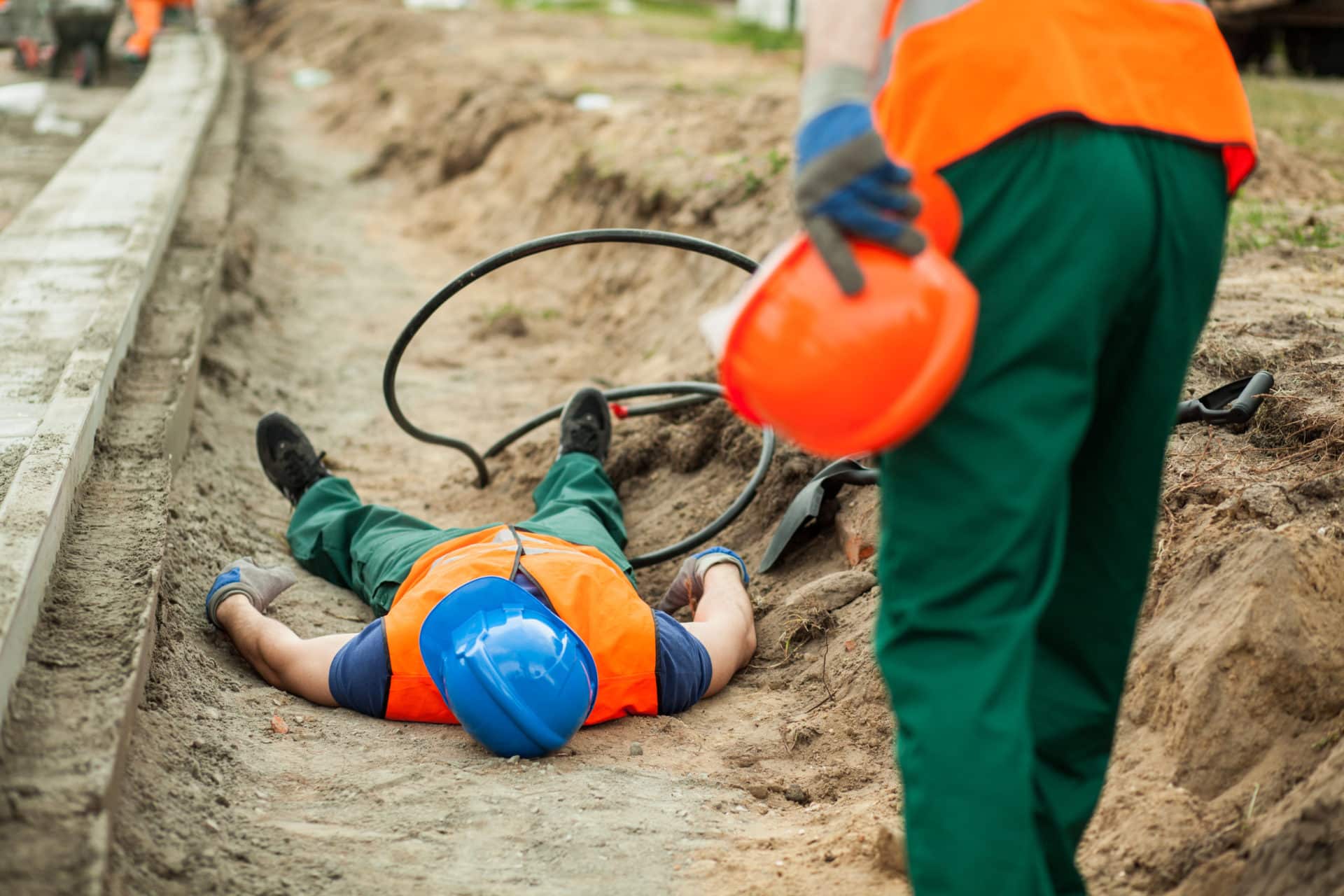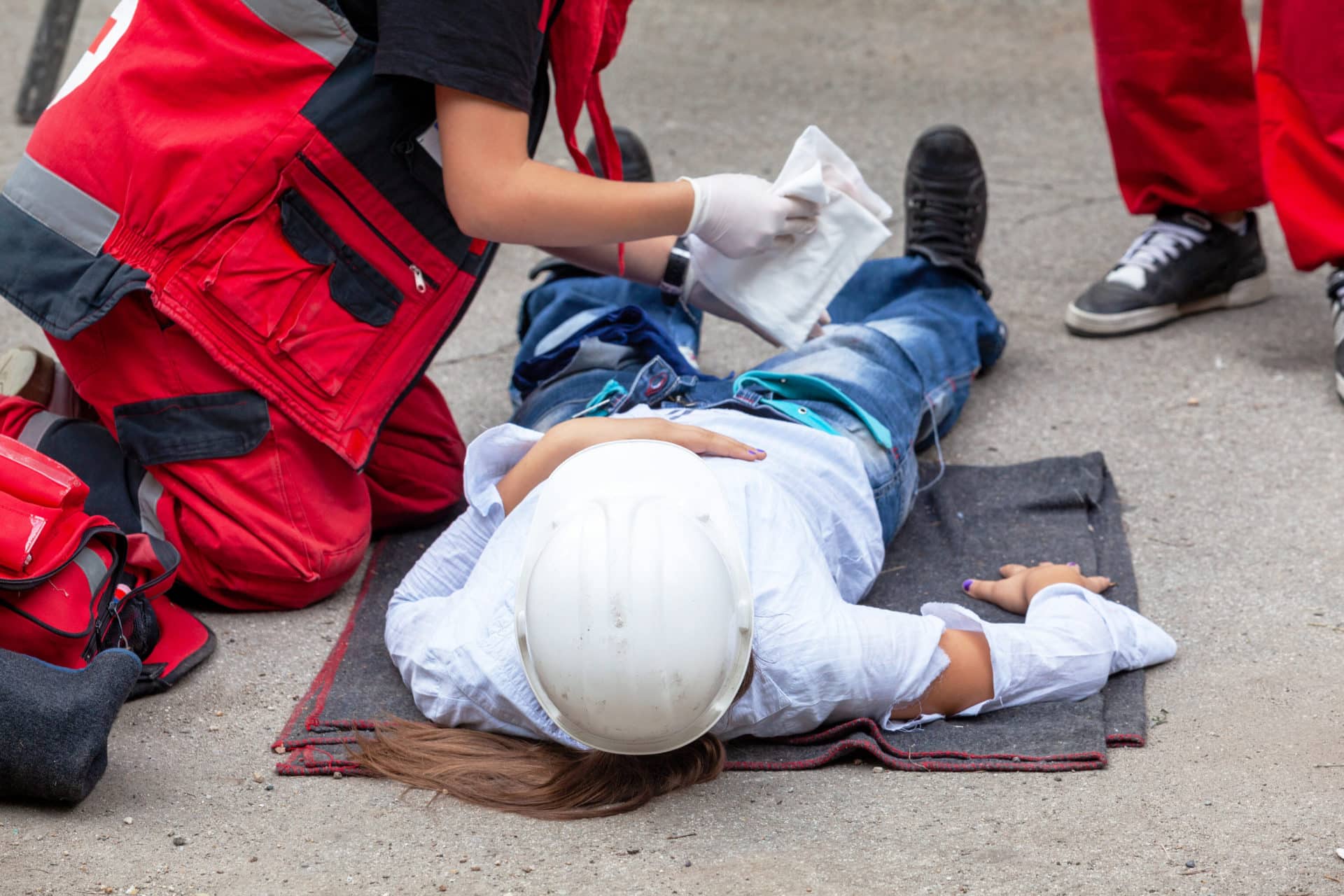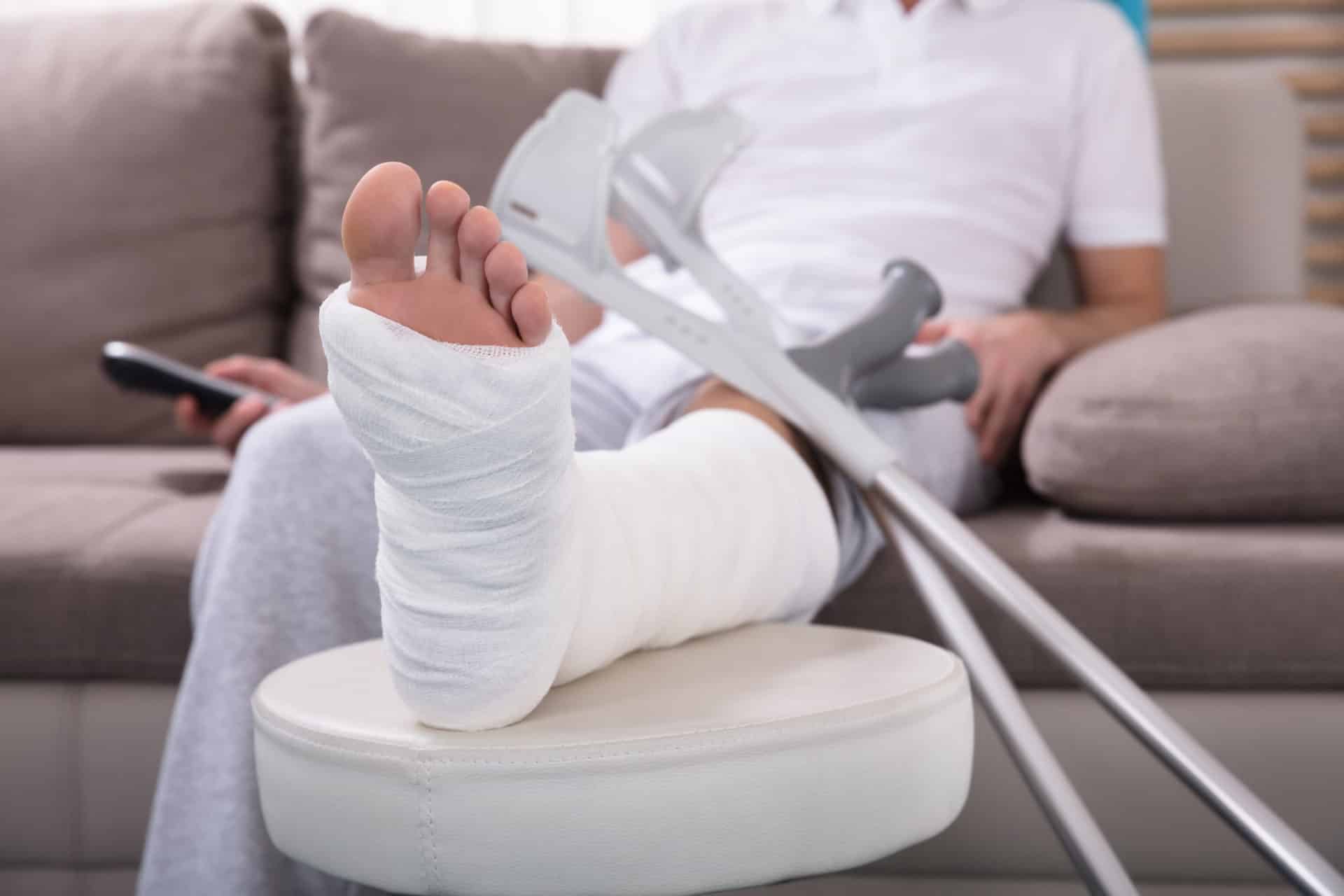
With such a high volume of active construction sites in New York, it’s no surprise that a large number of construction-related injuries occur each year.
According to the Federal Bureau of Labor Statistics, construction workers make up only 5% of New York City’s total workforce, but they account for 27% of work-related injury fatalities!
Construction is dangerous work no matter where it’s done, but NYC workers are suffering fatal injuries at a disproportionate and alarming rate. Data collected between 1996 and 2009 shows that the fatality rate for the NYC construction industry was more than five times higher than the fatality rate for all NYC industries, and four times higher than that for all industries nationwide.
Why Are There So Many On-Site Accidents in New York?
Most OSHA (Occupational Safety and Health Administration) citations involving on-site accidents resulted from noncompliance with required training procedures and fall protection standards.
Although state and local laws, as well as OSHA regulations, are in place to protect New York City construction workers from accidents on the job, these laborers are still at high risk of workplace injuries due to:
Untrained workers – Contractors are often known to rely on untrained laborers or smaller crews to complete projects on timelines expected from larger, more experienced crews.
Negligent inspections – Inspections should happen regularly to check for fall hazards and ensure proper use and maintenance of scaffolds, guardrail systems, and safety equipment, but these inspections are not immune to human error.
Safety violations – Many workers are overconfident and may not take safety regulations seriously, but OSHA substantially increased penalties for safety violations in 2016.
All of these common causes can be attributed to human error and carelessness, so solving these problems may be out of the hands of regulatory agencies like OSHA and the National Institute for Occupational Safety and Health (NIOSH).
What Are the Most Common Accidents on NY Construction Sites?
The four most common types of construction accidents are falling from heights, being struck by an object, getting electrocuted, and becoming caught between objects. OSHA calls these the “fatal four,” and they claim the lives of hundreds of construction workers every year.

Falls – Most fatal falls occur from scaffolds, followed by roofs, and then ladders. Falls can be caused by many different types of oversights, including unprotected sides or walls, improper scaffold construction, protruding steel bars, loose equipment, and misused ladders. These make up about 57% of fatal injuries on New York City construction sites.
Being Struck and Getting Stuck – If workers so often fall from great heights, there must also be falling equipment. Injuries involving contact with objects and equipment make up 25% of NYC construction site fatalities. This includes being struck by, crushed by, or stuck between objects of varying size and weight.
Electrocutions – Working with electricity is extremely dangerous, and if a worker becomes a victim of a true electrocution, the shock may cause the victim’s heart to stop beating or go into cardiac arrest. Many of these accidents occur at heights and result in a fatal fall. Electrocutions make up approximately 4% of fatal on-site accidents.
What Should a Worker Do If They’ve Been Injured?
Injured workers should get medical help immediately to ensure their safety. When the worker is safe, they may want to start thinking about compensation for their injuries.
Although it may be difficult to think quickly while suffering from a recent injury, victims of workplace accidents should try to photograph the scene as soon as possible if they are considering filing a construction injury claim.
Due to protections under New York worker’s compensation laws, it is very difficult to sue an employer for workplace injuries. In order to file a personal injury lawsuit against an employer, the worker will need to prove that the employer acted intentionally to harm them.
However, lawsuits are more common if the victim believes a third party is responsible for injuries sustained on the construction site. To sue a third party entity, the plaintiff needs to prove with clear evidence that the third party showed a form of negligence that led to the accident.

For example, if a property owner failed to reveal a hole in a roof, and a worker fell through to sustain an injury, the worker may be able to sue the property owner for negligence. Property owners and equipment manufacturers are examples of third parties commonly found responsible for on-the-job injuries.









